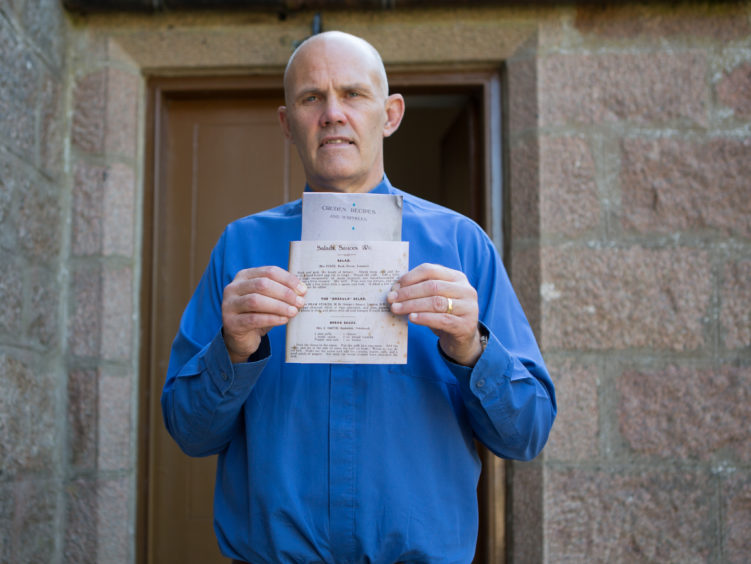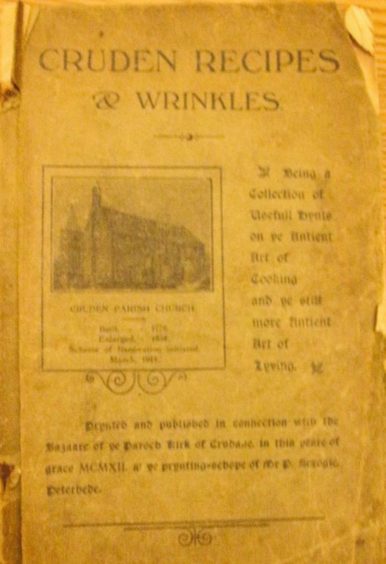There’s no garlic among the ingredients and it’s less Nicoise than Neckoise.
But it has emerged that the wife of the creator of the world’s most famous vampire raised money to renovate an historic Aberdeenshire church by creating a special Dracula Salad.
Florence Balcombe contributed the recipe to a pamphlet which was sold in aid of Cruden Parish Church shortly after her husband Bram Stoker died in 1912.
Her instructions read: “Arrange alternative slices of ripe tomatoes and ripe purple egg-shaped plums in dish and dress with oil and vinegar French Dressing”.
All the proceeds from the sale of Cruden Recipes and Wrinkles went towards building an extension at the church, which dates back to 1776, to house an organ.
Minister, Rev Sean Swindells, has revealed the Irish author’s association with the congregation in an online message – and said it was an illustration that while the building is currently closed, the church is “always open”.
Mr Stoker, who was raised in the Church of Ireland, was a regular visitor to Cruden Bay between 1893 and 1910 and wrote the early part of Dracula, published in 1897, there.
He gained inspiration for his seminal work from nearby Slains Castle, a ruined clifftop fortress which has a distinctive octagonal hall which matches the description of a room in the classic vampire novel.
Mrs Balcombe, a former suitor of the poet and playwright, Oscar Wilde, spent a lot of her time playing golf in Cruden Bay and meeting with friends while her husband was writing.
Mr Swindells said: “For each day of lockdown, I’ve been publishing a reflection on the church Facebook page and we have held online Bible study groups, Sunday evening services and provided pastoral support via phone and email.
“To keep things fresh and relevant, this has included some key historical figures like Bram Stoker and, to date, the most popular reflection appears to be the one about the blood-sucking Count Dracula that we published this week.”
Mr Stoker wrote two other books in Cruden Bay – The Watter’s Mou (1895) and The Mystery of the Sea (1902) – but remains most famous for Dracula.
The eponymous character has been brought to life on the silver screen by actors Christopher Lee and Gary Oldman.
Mike Shepherd, author of When Brave Men Shudder: The Scottish origins of Dracula, said: “Bram Stoker fell in love with the village and used it as his writing den, returning year after year to write his books.
“He ran the Lyceum Theatre in London which was owned by the most famous actor in the world at the time, Henry Irving.
“Stoker would get a month off every summer when the theatre shut down and Florence came up here and spent time with friends.
“She submitted two recipes for the pamphlet, including the Dracula Salad, because of the links between her late husband and Cruden Bay.”


